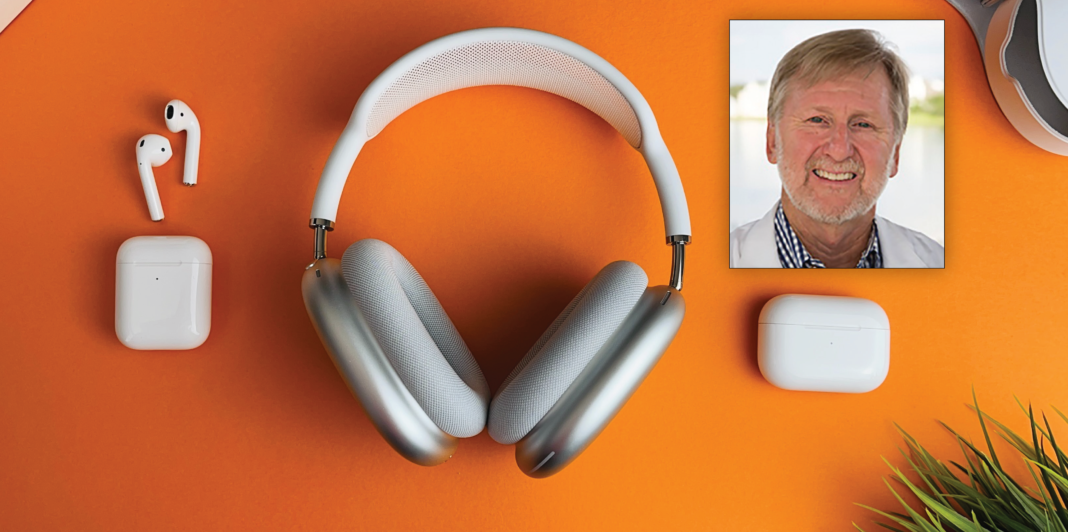It’s All in Your Head: Noise-Induced Hearing Loss in Children
Over the last few years I have written many articles about hearing loss, especially that due to noise exposure in adults. Unfortunately, in the world we are living, noise exposure also affects children under 18.
About 10 million Americans suffer irreversible noise-induced hearing loss (NIHL). What’s more, as many as 17 percent of teens (ages 12 to 19) have features of their hearing that suggest NIHL in one or both ears. Noise can be dangerous through a one-time exposure to an intense sound, such as an explosion, or by continuous exposure to loud sounds over long periods of time, such as noise from headphones, headsets, earbuds, and personal listening devices, in addition to loud work environments.
In particular, the “sounds of summer”—concerts, fireworks, motorcycles, sirens, and even firearms—can range anywhere from 95 to 150 decibels (dB). Long or repeated exposure to sounds at or above 85 dB can cause both temporary and permanent hearing loss.
NIHL occurs as a result of loud noises that damage the inner ear. Listening to music at volumes louder than 85 dB for long periods of time can cause permanent hearing loss. The National Institute for Occupational Safety and Health (NIOSH) and Centers for Disease Control and Prevention (CDC) permit workers to listen to 85 dB for eight hours in a row. But for every three dB above that, the time that is considered safe is divided in half. That means you’re only recommended to listen at 88 dB for four hours, at 91dB for two hours, at 94 dB for one hour, at 97 dB for 30 minutes, at 100 dB for 15 minutes, and so on. The average portable music player is played at 100 dB, and cellphones or listening devices in the U.S. can produce a maximum of 115 dB.
Parents should know that various medical studies have found sound levels at music concerts often to be greater than 85 dB, with some reports suggesting that sound intensity may reach 90 to 122 dB. As mentioned earlier, if levels are kept at values greater than 85 dB for long periods of time, this may lead to a dangerous noise exposure.
Although wearing earplugs, earmuffs, or other protection to lessen the impact of loud noise may not be fun for young people, parents should encourage their children—particularly those who are musicians—to protect their hearing. Earplugs can reduce sound energy hitting young ears by about 25 dB, and can mean the difference between healthy or lower hearing later in life.















